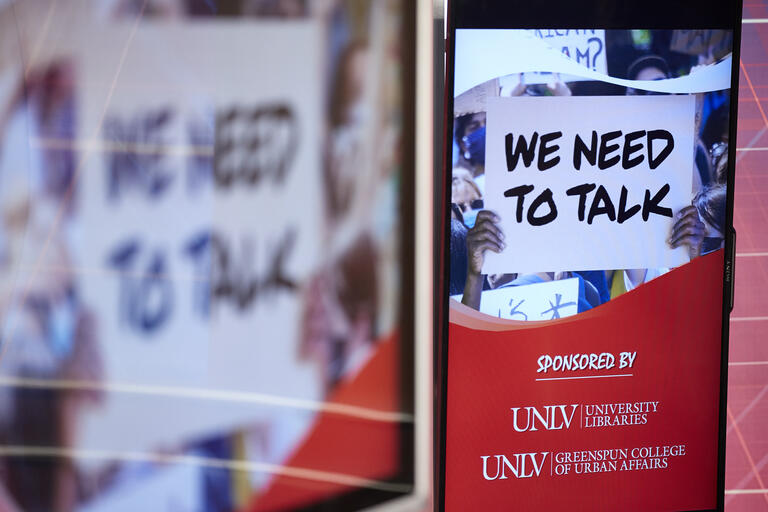Cuba was once the most prosperous island in the Caribbean. As it struggles with the legacy of decades of communist rule, a group of 11 UNLV students set out for 10 days in May to find out if small business was the key to reclaiming that past.
UNLV’s Global Entrepreneurship Experience program, a four-year curriculum that studies and encourages leadership and business development, aims to give students from any discipline the tools to become entrepreneurs in their own lives.
Cuba’s recent economic reforms turned out to be an excellent learning lab. Fidel Castro resigned the presidency in 2008, opening the door to economic reforms by President Raul Castro. Under the old regime, where all jobs were government jobs, the average Cuban earned a monthly salary worth around $25. Since then, the rise of certain small businesses like restaurants and casas particulares — think Airbnb with more pastel colors and ropa vieja — allow businesspeople to earn that $25, if not more, in a day.

As an emerging market caught up in political reforms and an Obama-era warming of relations that seemed poised to lead to an increase in tourism and investment from American business (until more recent developments from the Trump administration suggested a potential return to more fraught relations), Cuba made for a compelling GEE case study.
“When President Obama opened up relations again, I was starting to see entrepreneurship and that outside groups were working to help small business owners find ways to be their own boss,” said Janet Runge, the GEE’s director who led the charge to Cuba. “I wanted to get our students there while that's still happening but before everything changes.”
Starting in Havana, the group toured a rum distillery, and the Hotel Nacional de Cuba, where Meyer Lansky ran gambling and the walls are still bullet-riddled from gangland fights. They toured the U.S. embassy and met with the consul general to the island nation for an hour.
After leaving Havana, the GEE went to more rural areas like Vinales, where they visited a tobacco farm; Cienfuegos for the Bay of Pigs Museum; the Che Guevara memorial at Santa Clara; and a survey of the hospitality industry at Varadero.
Markets aren’t completely wide open yet. Those tobacco farmers, for example, have to turn over 90 percent of their production to the government, while they’re allowed to sell the remaining 10 percent as they see fit.
“As big as those disincentives are, the incentives to become an entrepreneur are huge,” Runge said. “If I were a doctor, maybe I'm making $40 a month. They can make more with me staying one night in a casa particular than they can in a month. The government is more than taking a cut, but they're still making more than they could possibly make working a government job.”
The incentives may be there, but infrastructures aren’t necessarily up to speed. Marketing, for example, is still conducted largely by word-of-mouth in a country with limited internet services. That pointed the way for students to analyze Cuban businesses with some outsider perspective.

“We’re trying to see opportunities,” senior Ariel Decker said, “solving a problem or finding a place where you could make a profit. I see a lot of potential in the casas particulares. They’re able to keep the most (from the government), and they’re not particularly organized. If someone were to go in and organize them, collect them together, they could actually raise their prices.”
At the tobacco farm, students examined issues of sustainability, particularly on an island with limited land, resources, and ability to import the tools of modern farming. They studied regulation in the form of government quotas; the business strategies around sales and marketing; income inequality as it relates to new tourism markets opening up on the island creating more lucrative work that attracts younger generations who would have taken over the family farm; and international free trade surrounding the U.S. embargo.
There’s a lot rolled up in one cigar.



